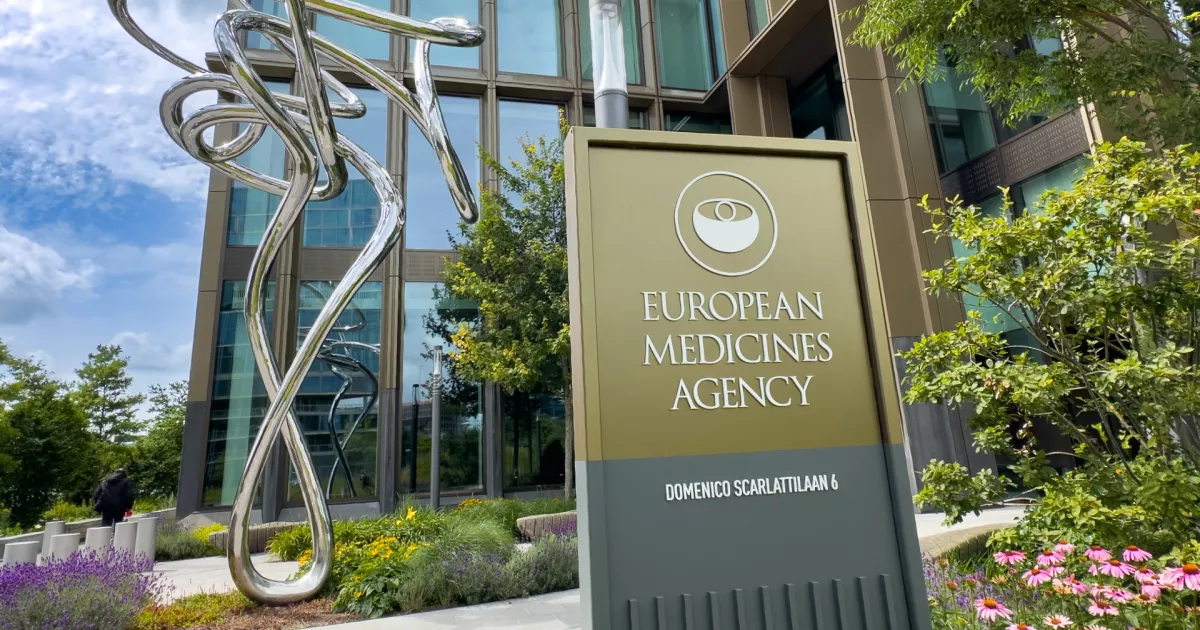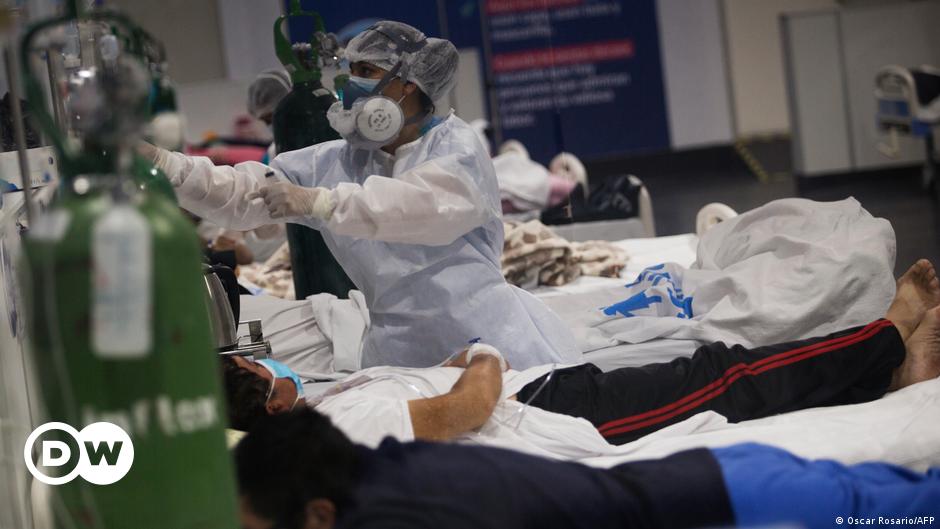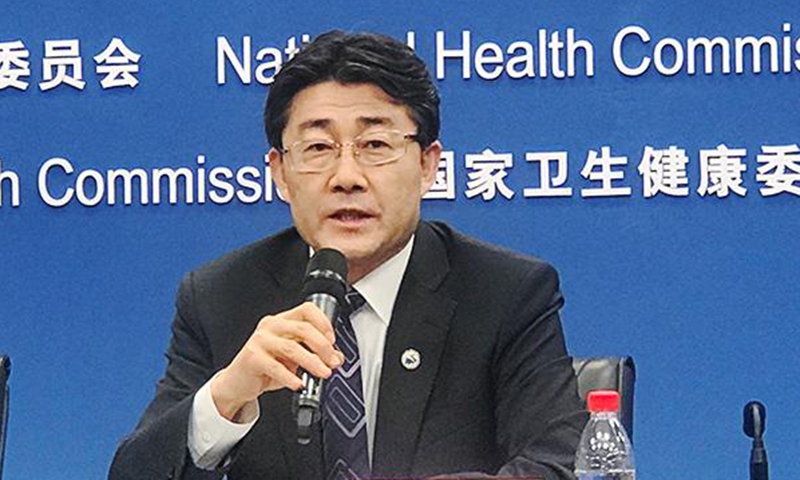FrankPintor
Registered
- Joined
- May 14, 2019
- Messages
- 2,080
- Likes
- 1,984
What do you consider to be useful? I believe it is about 50-60% after the first dose, and goes above 90% a couple of weeks after the second one.
For example, apparently people who wear eyeglasses (normal ones) have about 30% less probability to get infected. Is this useful?
Or it may be because Israel has twice more people fully vaccinated (percentage wise) than Chile.
These are the relevant quotes from the EMOL articles, they don't correspond with what you believe:
"los análisis de efectividad de Sinovac, según dosis aplicada, es la siguiente: - Para solo 1 dosis: 3% efectividad - Para 2 dosis, pero la segunda en menos de 14 días: 27,7% efectividad - Para 2 dosis y la segunda hace dos semanas o más: 56,5% efectividad"
Fuente: Emol.com - https://www.emol.com/noticias/Nacio...rimer-estudio-efectividad-sinovac-uchile.html
And also:
"El estudio, indica que existe una efectividad estimada de un 54% para la vacuna Sinovac en Chile, considerando a personas con segunda dosis completa (es decir, más de 14 días desde su inoculación)".
Fuente: Emol.com - https://www.emol.com/noticias/Nacio...desafios-primer-estudio-vacunacion-chile.html
Does any of that sound useful to you?







